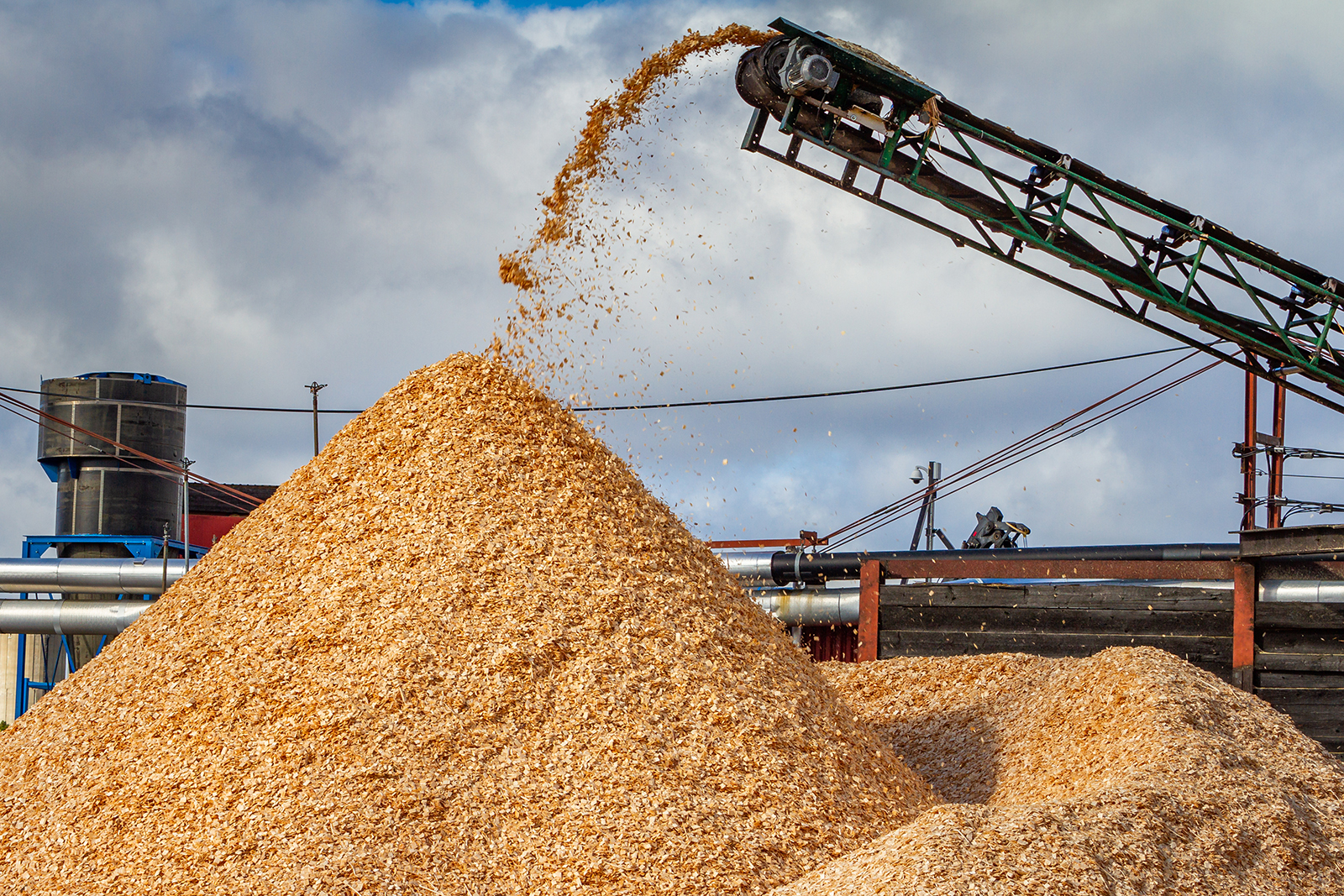
Forest industry sidestreams so far converted into energy are increasingly being processed into products with a higher added value. According to the most optimistic scenario, the capacity required will equal that of up to three conventional nuclear plants.
Only about half of the wood material used in the manufacturing of pulp ends up as the desired end product. The rest becomes black liquor, which has traditionally been burned for energy. Some of this renewable energy has been used at the mill, while the considerable surplus has been sold as heat to local district heating networks and as electricity to the national grid.
There is, however, a general demand that the forest industry should make products that make a longer-term carbon storage, since in energy production the carbon stored in wood is released into the atmosphere immediately. The other driver to this is the market: the further a raw material is processed, the better the price will be.
The European Forest Institute (EFI) and the ETLA Economic Research (Etla) conducted jointly the study FutureForest 2040, and found that according to the most optimistic scenario on the progress of forest industry product development, the energy generation within the forest industry will drop by an amount corresponding to the capacity of three, or even five, nuclear plants like Finland’s newest nuclear plant Olkiluoto 3. What is more, the demand for energy will also grow because the manufacturing of the more advanced wood-based products requires energy.
Product development in the forest industry forms the core competence of Research Professor Ali Harlin at the Technical Research Centre of Finland VTT. In his opinion, the Future Forest study is realistic in its estimation.
‘I would say that replacing the energy deficit will require about three times the capacity of Olkiluoto 3,’ Harlin says. The maximum output of Olkiluoto 3 is 1,600 megawatts.
Numerous products based on bioplastics already available
One fraction separated from black liquor is tall oil, which can be processed into renewable fuels, besides being burned as is.
Renewable fuels are an important element of Finland’s climate strategy as regards road transport. This is due to the distribution obligation, that is, the requirement that a set percentage of fossil fuels must be replaced by renewable fuel. In Finland, renewable transport fuel is made by the forest company UPM and the fuel company Neste.
According to Harlin, companies such as UPM do not produce renewable diesel simply for the business of selling it.
‘It is quite clearly a product development project,’ says Harlin.
Because of the distribution obligation, diesel fuel has a steady market, and the sales revenue enables further product development.
‘The formula is that oil for burning sells at one buck a litre, while oil-based products sell at five bucks,’ Harlin says. Also, every litre of more highly processed product means one litre less oil burned as transport fuel.
To take an example: The UPM biorefinery in Lappeenranta, East Finland, makes renewable diesel used as transport fuel, while the naphtha made of tall oil can be used as a biocomponent of petrol (gasoline) and as raw material for various types of plastics, such as polypropylene, polyethylene and polyvinyl chloride (PVC).
Read more: Do you know these six products? They are all made from forest industry sidestreams
Plastics made from the bionaphtha have many end uses: polyethylene coating in the liquid cartons of the Arla dairy company, Jokasafe protective gloves, moisturiser jars of the Lumene cosmetics company, Dyneema ropes and Tarkett floor tiles.
Materials made from the UPM BioVerno naphtha are also used for car interiors, raincoats and carpeting. UPM itself uses it to manufacture the Raflatac Forest Film adhesive labelstock and the UPM Formi EcoAce biocomposite which, in turn, is used in such products as the Mysoda Woody sparkling water maker.
Biomaterial cannot cover all demand
According to Harlin, it does not make sense to use all black liquor for making other raw materials, as the pulp-making processes also require energy.
‘At a maximum, the pulp mill processes need four fifths of the energy contained in black liquor,’ Harlin says.
In addition to using black liquor to make diesel and naphtha, the forest industry knows how to separate lignin from it. In fact, lignin could even become the primary product instead of pulp. Among other things, it is used to make carbon fibres, and Harlin also mentions its use as a wetting agent in concrete.
‘The more plastic the concrete, the easier it is to cast. An added bonus is that thanks to lignin, concrete can bind more of non-fossil carbon,’ Harlin says.
Read more about innovations and the newest products in our Forest bioeconomy future catalogue
Lignin has been used for long to make wood-based adhesives, though the global market for these is very small.
‘Another use are carbon products, such as battery materials and carbon fibres. None of them can be made in great quantities, but they do boost your revenue quite nicely,’ Harlin says.
Metsä Group reports that its Kemi bioproduct mill, once completed, will increase the production of biochemicals, including tall oil and turpentine, by 50,000 metric tons per year. These, too, are intermediate products used to make other products with a higher added value.
Harlin points out that the use of biomass will not be the silver bullet that will kill off all the climate problems caused by the use of fossils.
‘The volume of biomass that can be harvested at a reasonable cost will not stretch to that,’ Harlin stresses. The global production of biomass is just not enough, especially to meet the demand for energy.
‘In fact, biomaterials should also be used to make products with a high performance, since they will always be costly to make,’ Harlin concludes.
